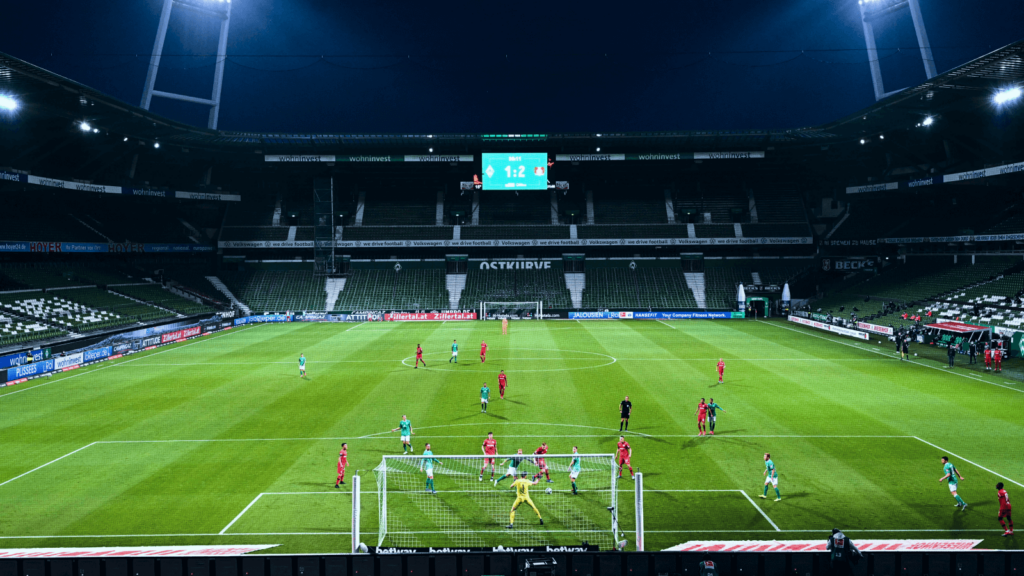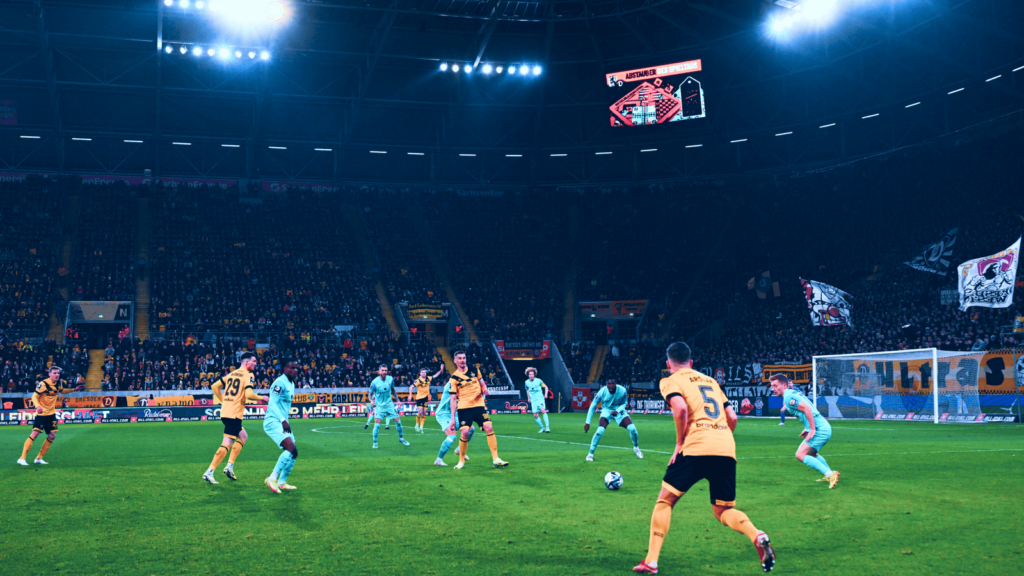A football match is just not limited to goals and saves. It is also a battle of strategy, fought in real-time. With a trained eye, fans, analysts and coaches alike can unfold a match’s secrets that go way beyond the result on the scoreboard. If you’re a budding analyst or a hardcore fan who wants to enhance his football IQ, this guide shall take you through the basic parameters of viewing a match from a tactical viewpoint.
Observing formations and tactical arrangements
Tactical analysts start immediately, right from the pre-match stage. Formations are considered a way of knowing the structure of a team and how it is going to defend, attack, or transition. The famous ones are:
- 4-4-2: A balanced shape that beholds a solid defensive structure and a counterattack-free option.
- 4-3-3: A formation based on width, pressing, and attacking fluidity.
- 3-5-2: A formation that offers an advantage in midfield but uses wingbacks.
- 4-2-3-1: A formation developed for pressing and keeping the ball.
Viewing the team’s setup for the first few minutes gives a clue to how they intend to play. It indicates if they’re pushing up a high defensive line or undertaking high presses or sitting deep in a low block. It also tells you if the full-backs are involved in the attack or they are staying compact.

Another important formation characteristic is fluidity. Some teams would remain in a certain setup during the buildup phase. Yet, once they go into the possession phase, they morph into another formation. For example, a 4-3-3 set-up will become 3-2-5 during the attack, where the full-back pushes into midfield alongside wingers playing high and wide. Watching those transitions allows for an understanding of a team’s tactical adaptability.
Follow critical player matchups
The match is an outcome of battles on the field to be won or lost depending on those small individual confrontations. If you can read the key matchups, you might make a good guess about how the game would flow. Here are some examples:
- Striker vs. Centre-backs: Consider if forwards prefer drifting wide or dropping deep. Also check what do defenders do in such situations.
- Fullbacks vs. Wingers: Know if the full-backs are slamming forward into attacks or if they are pinned back by dangerous wingers.
- Midfield Battle: The control of midfield takes over the tempo of the game. Would there be a playmaker that dictates the game, or would it be a midfield battle where transitions are rapid?
- Pressing Triggers: A team could have opted to initiate their pressing whenever the central defender of the opponent touched the ball. There also are teams that choose to wait for that trigger moment, when a player both makes an error in touch or passes wide.

Recognizing Pressing and Defensive Structures
Pressing is the most important tactical element that determines a team’s manner of defending. There are different kinds of pressing to recognize:
- High Press: Powerful pressing by teams like Liverpool and Manchester City in the enemy half, pushing for mistakes.
- Mid-Block: A composition-based defensive shape that allows opponents to have possession in their own half but presses once they reach midfield.
- Low Block: Teams like Atletico Madrid sit deep defensively, absorbing pressure before launching quick counterattacks.
Pressing may or may not be man-to-man. A zonal pressing is sometimes used by certain teams, whereby the defenders mark the area rather than the opponent. Others follow a hybrid where they press hard in their opponent’s half but shift quickly to a compact shape once the ball enters their defensive third.
Observing Movements Off-The-Ball
Casual observers often follow the ball, while analysts watch players off the ball. Movement off the ball is crucial in understanding space utilization and attacking patterns. Some things to observe include:
- Wingers Making Diagonal Runs: This stretches defenses and creates spaces.
- Midfielders Dropping Deep: To help with ball progress and dictate tempo.
- Strikers Pulling Defenders Out of Position: They create an opening for onrushing midfielders.
- Overlapping Full-Backs: Provides width and creates 2v1 on the flanks.

Set Pieces and Their Importance
Set pieces are probably the most underrated but important aspect of football. Teams spend hours perfecting routines for corners, free kicks, and throw-ins. When watching a match, look out for:
- Attacking Set-Piece Routines: Some teams use short corners while others prefer direct deliveries.
- Defensive Setup for Set-Pieces: The defence could mark in man-to-man, zonally or in a hybrid way.
- Movements Inside the Box: Note who’s making decoy runs, and who is the primary target.
- Method of Delivery: Analyse if the crosses are inswinging, outswinging or low.
Identifying in-Game Adjustments and Tactical Changes
Managers are constantly adjusting their plans during matches. These changes are best analyzed when relating to shifts in formational play, substitutions, and pressing. Some key trigger points are:
- Substitutions: For defense, attack or formation change.
- Formation Adjustments: A struggling side goes from 4-3-3 to 4-2-3-1 for midfield support.
- Pressing Change: Pressing high for some time, the team drops back to protect a lead.

Especially note what happens after a goal. Check if the team is pressing forward immediately after conceding, or if they are holding their position. Also note if they change their defensive structure altogether after scoring.
Understanding Game Management and Mentality Shifts
Game management is a vital part of football, especially in the final minutes. When a team is leading, check if they slow down the tempo with sideways passing, or if they continue attacking. And when trailing, observe if they take more risks by pushing defenders forward. Another key element of game management is time-wasting tactics. Watch for goalkeepers taking longer on goal kicks, defenders delaying throw-ins and substitutions made in stoppage time.
Modern football analysis isn’t just about watching the game, it also involves data. Teams and analysts use statistics such as expected goals (xG), pass completion rates and heat maps to evaluate performances. Apps like Sofascore provide real-time data, helping fans analyze games like professionals.

Becoming a Smarter Football Viewer
Analyzing football matches takes practice. Start by focusing on one aspect per game, maybe tracking pressing structures or following a single player’s movements. Over time, you’ll naturally develop a comprehensive understanding of tactics. Taking notes and comparing insights with expert analysis can also refine your skills.
Analyzing football matches with a tactical eye enhances appreciation for the sport. By identifying formations, tracking key battles, observing pressing strategies and recognizing in-game adjustments, you’ll develop a deeper understanding of how the game is played at the highest level. The next time you watch a match, try focusing on these elements; you’ll soon find yourself analyzing football like a pro.
